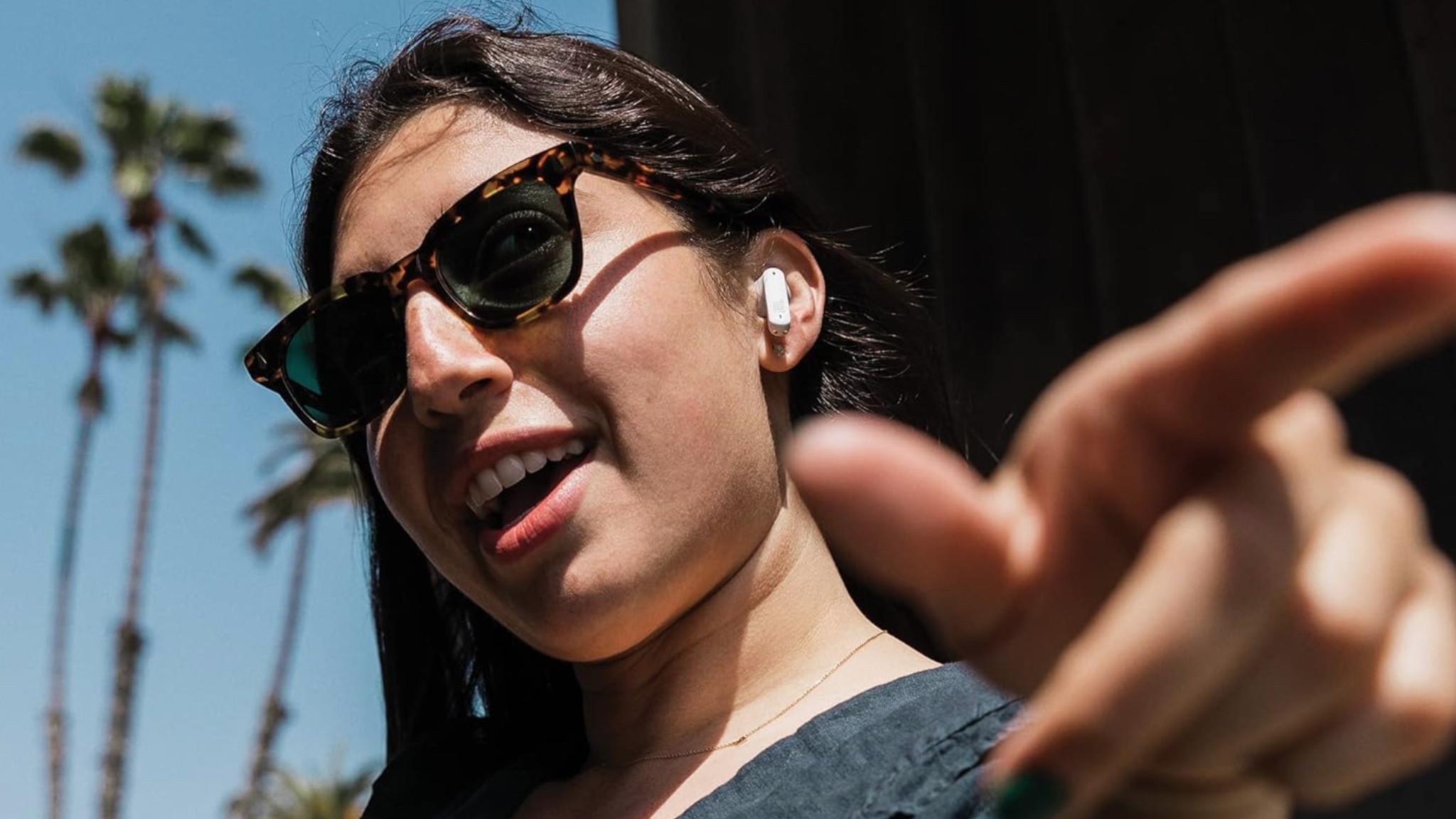Revisiting the LG Wing: A look back at LG's swivel smartphone flop
The LG Wing feels like the last of the quirky smartphones.

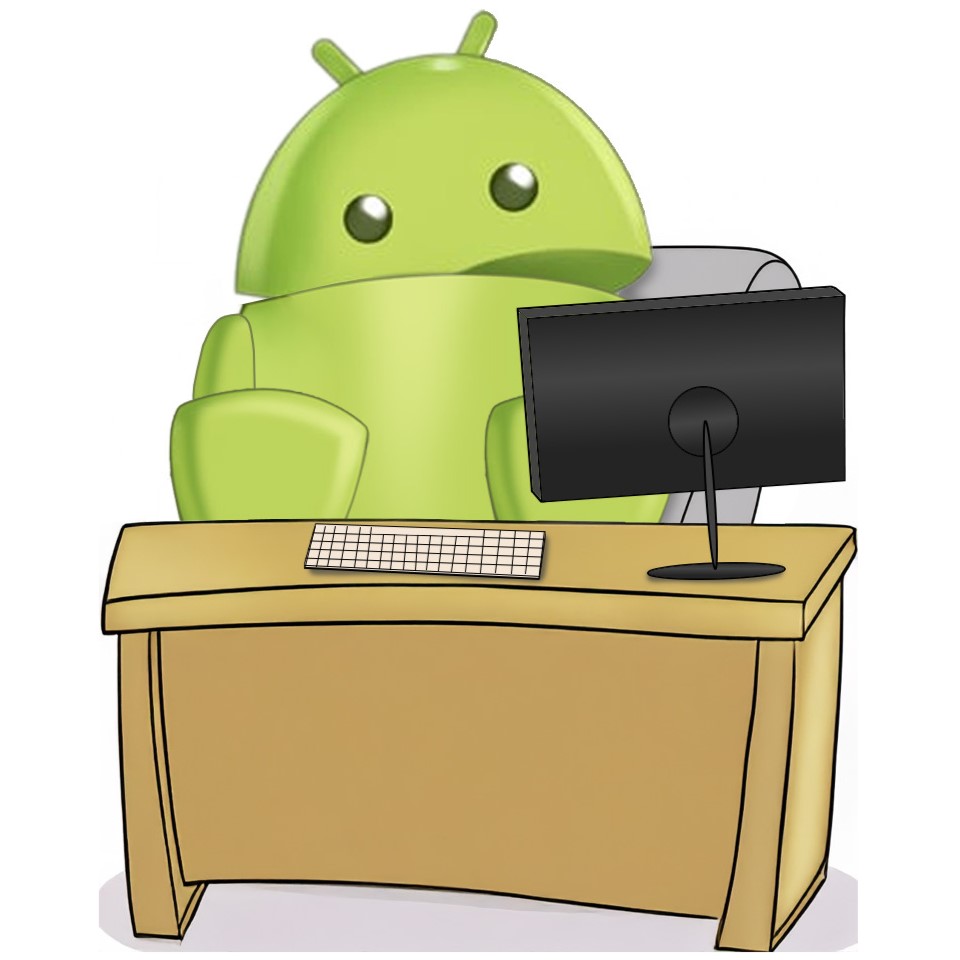
Android Central's Editor's Desk is a weekly column discussing the latest news, trends, and happenings in the Android and mobile tech space.
This year, it will be five years since LG launched what’s considered its last flagship smartphone. The LG Wing was a very unique device featuring a swivel design that you won’t really find anywhere else, and probably for good reason. The novel design was one that turned heads, but surprisingly (or maybe not), the LG Wing ultimately failed to garner enough attention to keep LG in the game. The following year, LG announced it was leaving the smartphone business.
I’ve been holding onto the LG Wing for the past five years, and it was recently announced (via Android Authority) that LG will soon shut down its update service, meaning that anyone still using an LG phone will soon no longer be able to update it.
Fortunately, I’ve managed to keep my Wing updated (as much as possible) over the years. It's mostly been collecting dust in a drawer all the time, so as a self-proclaimed former LG fanboy, I recently decided to revisit this unique device and take it for a spin now that it's been some time since LG bowed out.
The Wing had some interesting ideas
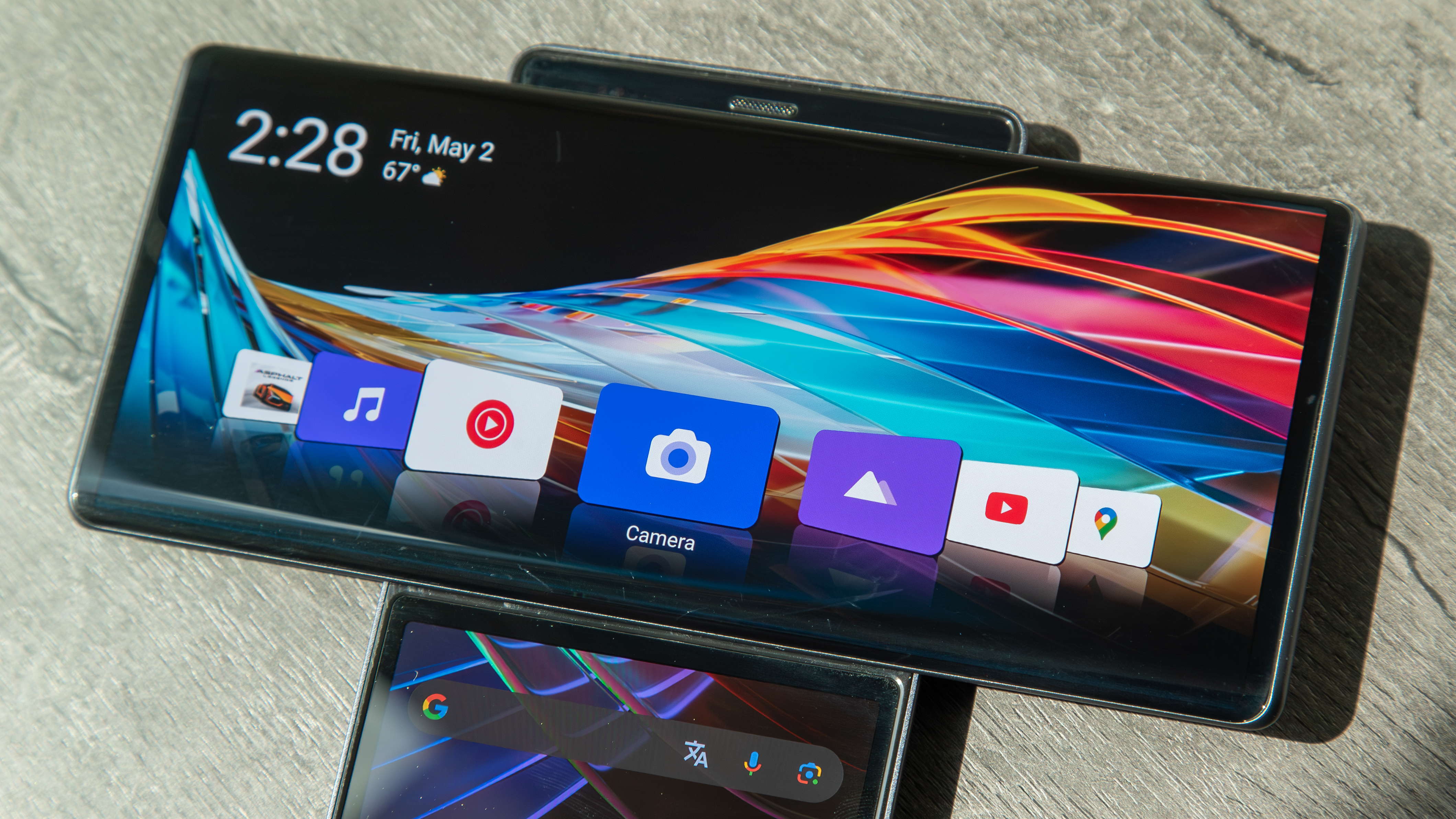
The LG Wing came at a time when foldable phones were still getting off the ground. They weren't as popular as they are today, and companies were still working out the hardware and software intricacies that came with building foldables. That's where the Wing came in, offering an alternative for anyone who worried about the longevity of a folding display.
At the time, I thought LG was smart to forgo the potential costs associated with developing a foldable phone. Instead, the company leaned on the latest (and eventually final) evolution of the Second Screen concept it had been pushing on consumers for years.
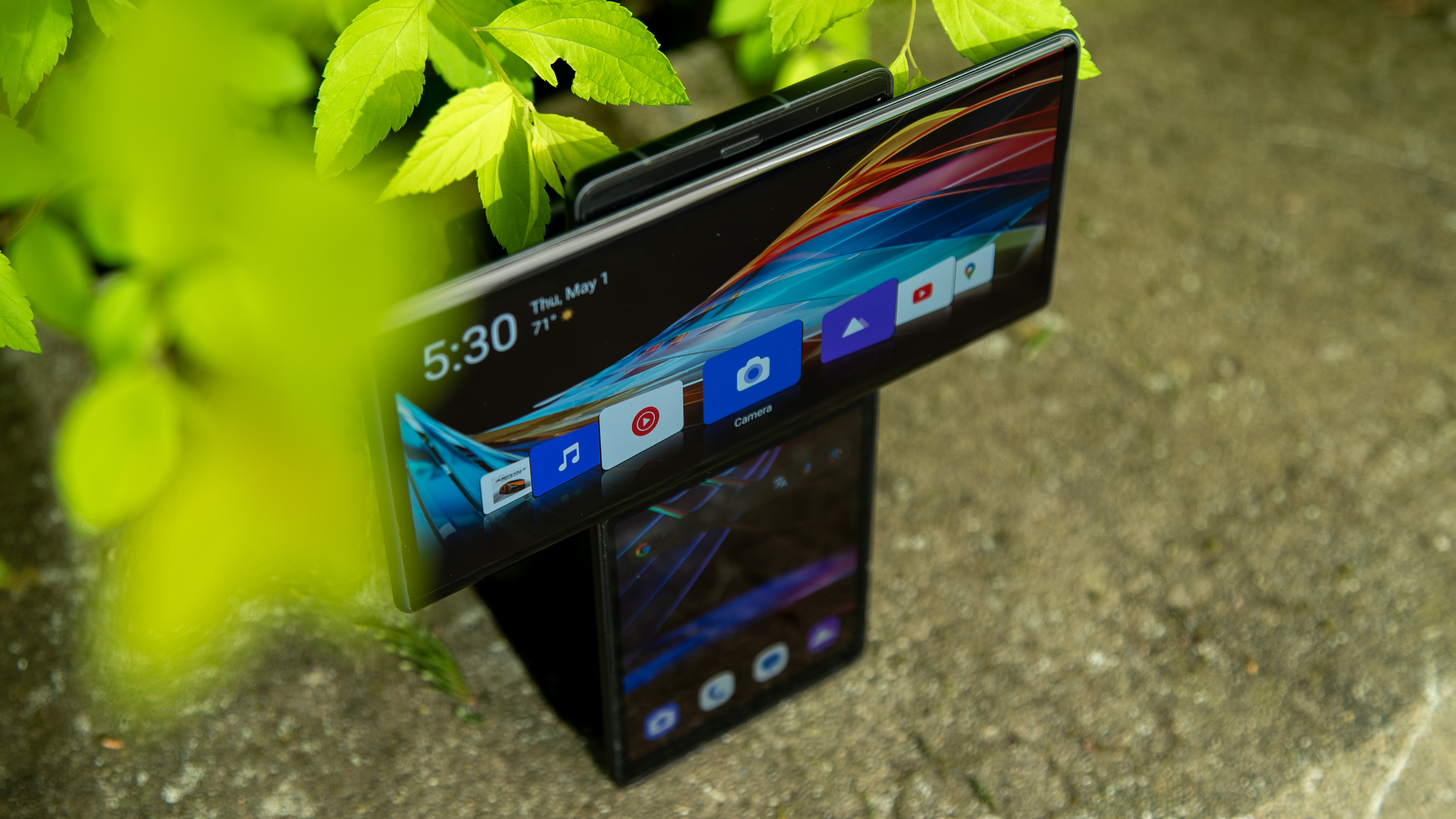
The idea was fairly simple in concept: you can use the phone as you regularly would on its primary display, but then you could reveal a secondary screen whenever you needed it. It stayed out of sight until it was needed, which I really appreciated.
LG also had some ideas of how this second screen could be used. Apps could utilize both displays in unique ways, which actually made a fair amount of sense. For instance, when the main display was swiveled up, I could watch a YouTube video in full view on the horizontal screen while the various video controls remained on the second screen underneath. This made it easy to adjust volume, brightness, skip forward, and more.
Get the latest news from Android Central, your trusted companion in the world of Android
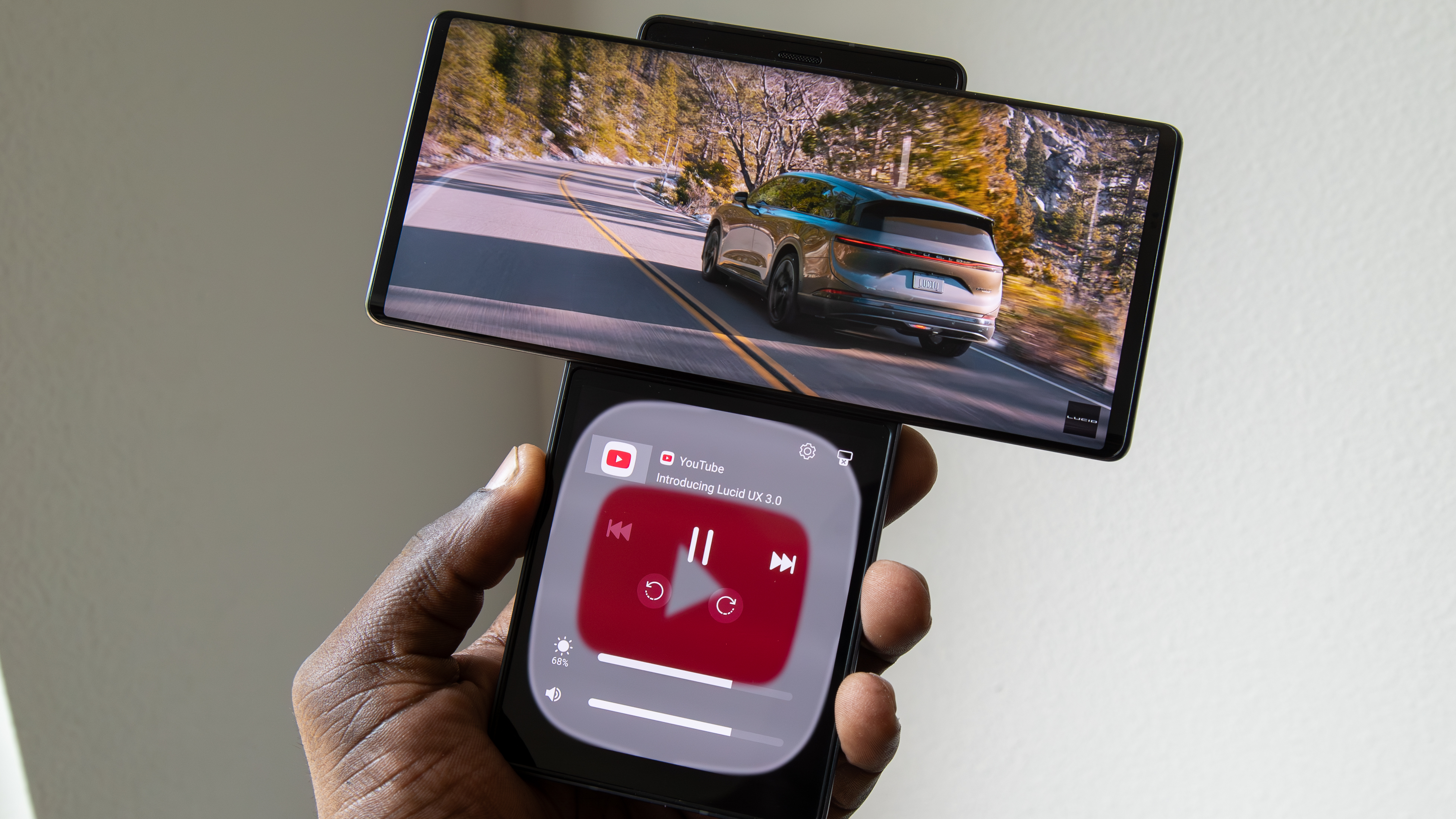
The other use for the second screen was multitasking. My favorite use case was always using Google Maps on the primary display to navigate, while the second screen would be used to control music.
Of course, there's much more you can do with it, so long as you're okay with some apps being squished down to the almost-square aspect ratio. But to me, this made me think of multitasking in ways I never considered before. Since I'm not a fan of using split screen on standard candybar phones, this gave me another option that I much preferred.
LG also had a fun mouse function that let you use the second screen to control the main display.
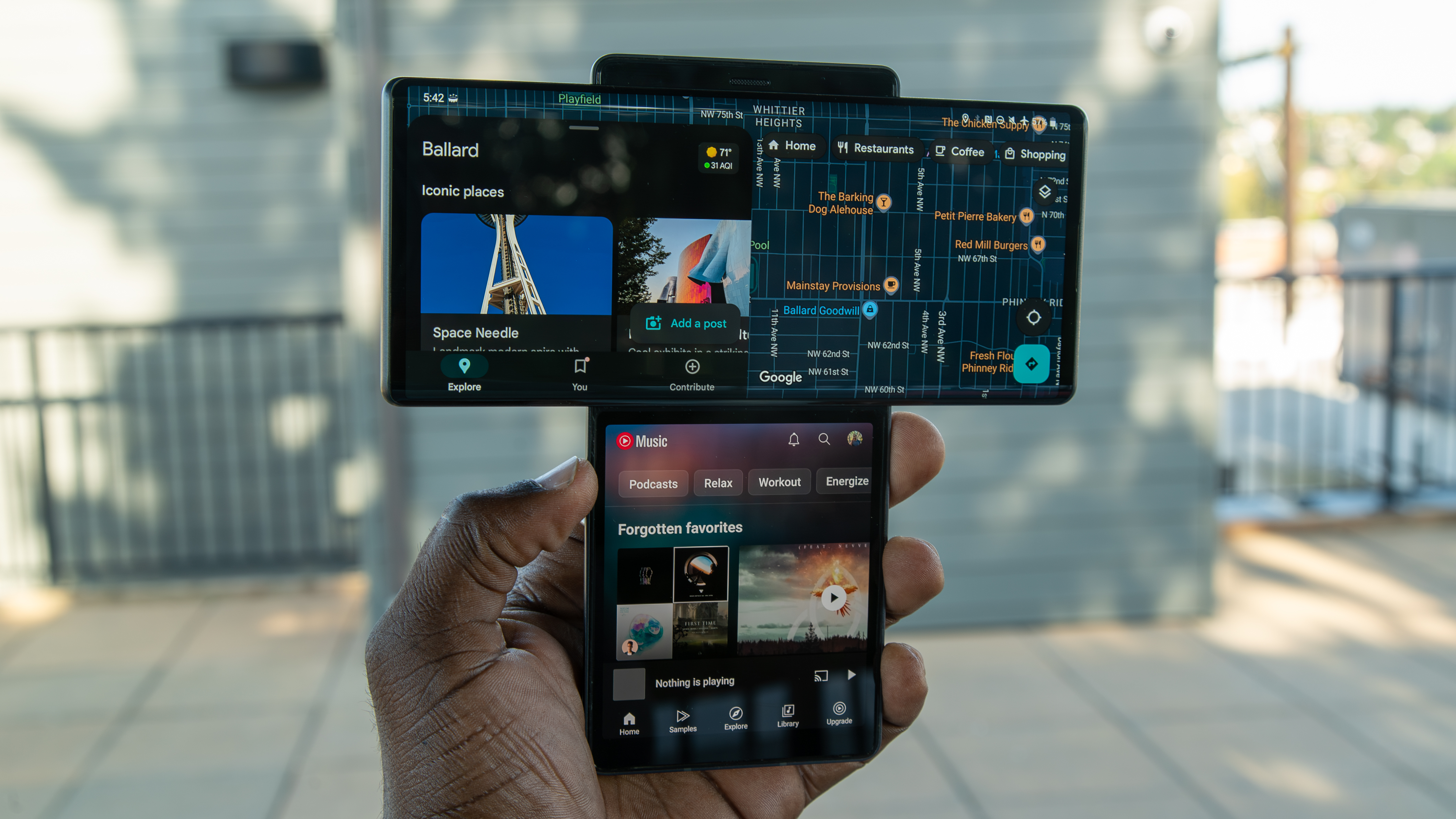
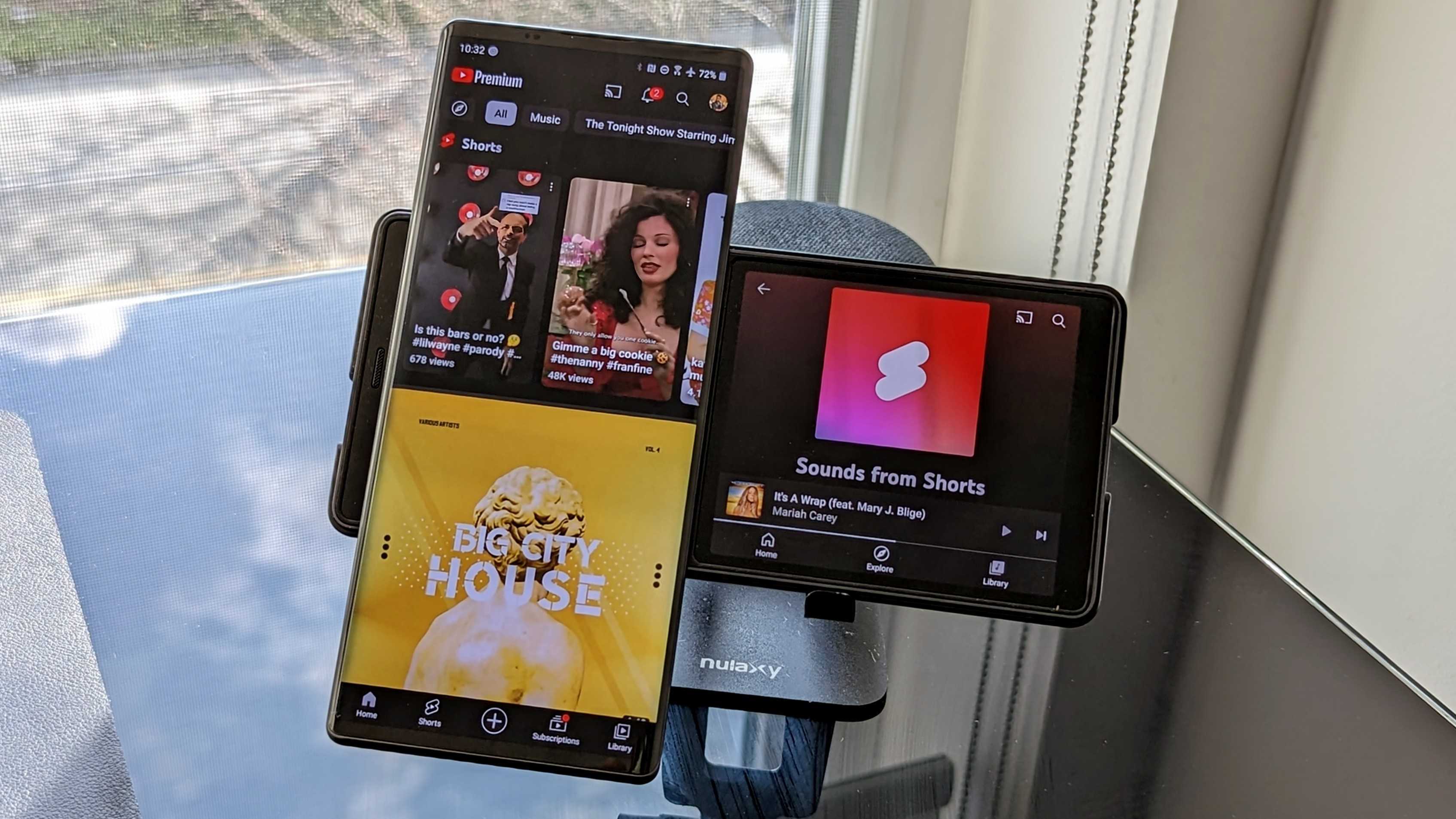
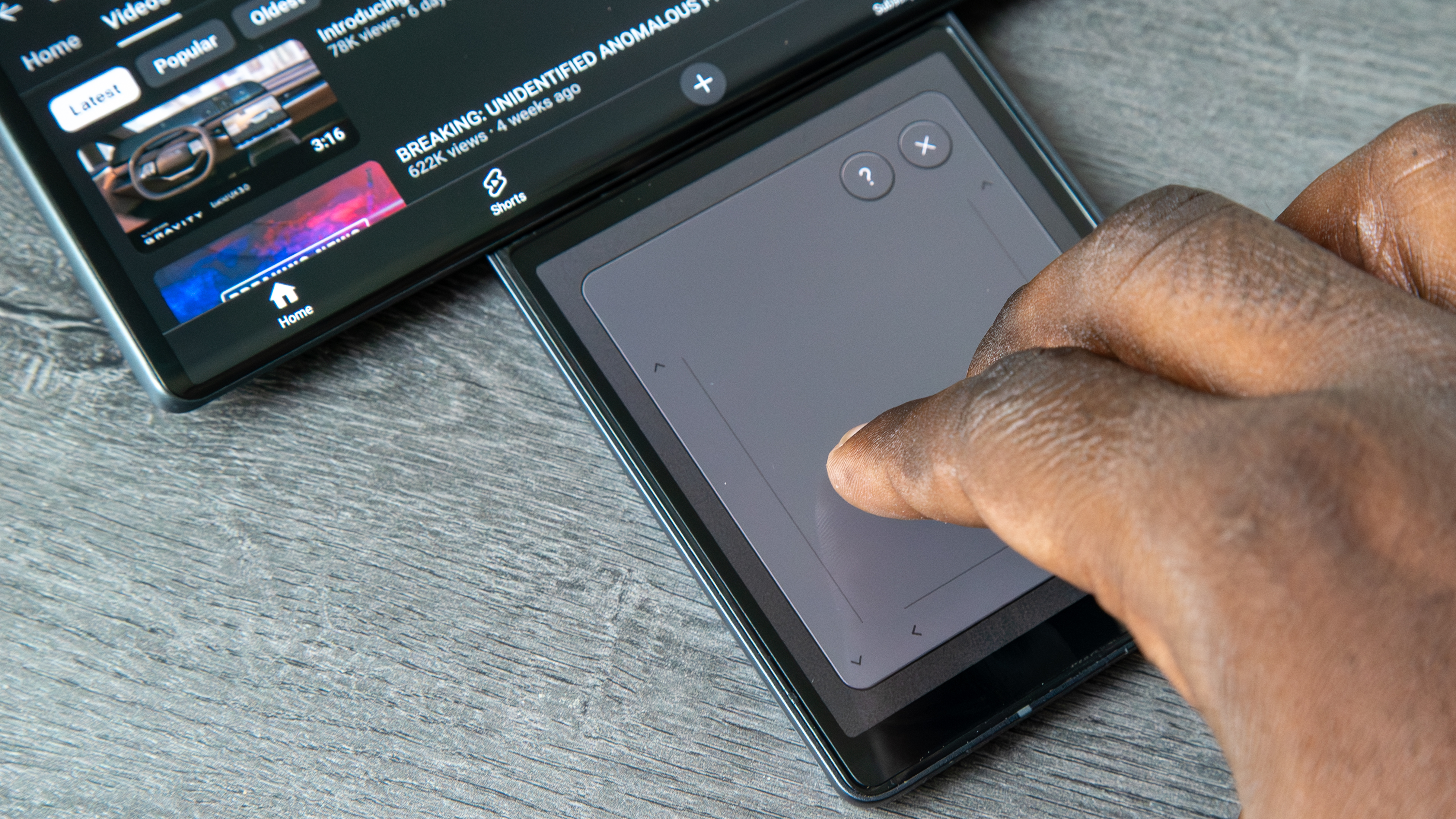
Then there's the camera. LG did something pretty unique by adding a secondary ultrawide "Gimbal Motion Camera" that's rotated 90-degrees and would work when the phone is in Swivel Mode. Basically, this allowed the users to move the viewfinder around without needing to physically move the sensor and helped stabilize videos in a similar way to an actual gimbal camera system.
It's a unique way to take advantage of the phone's unique form factor, as you can simply hold the phone by the second screen for more stable handling of the phone when recording. It also potentially saves you from having to purchase a separate smartphone gimbal.
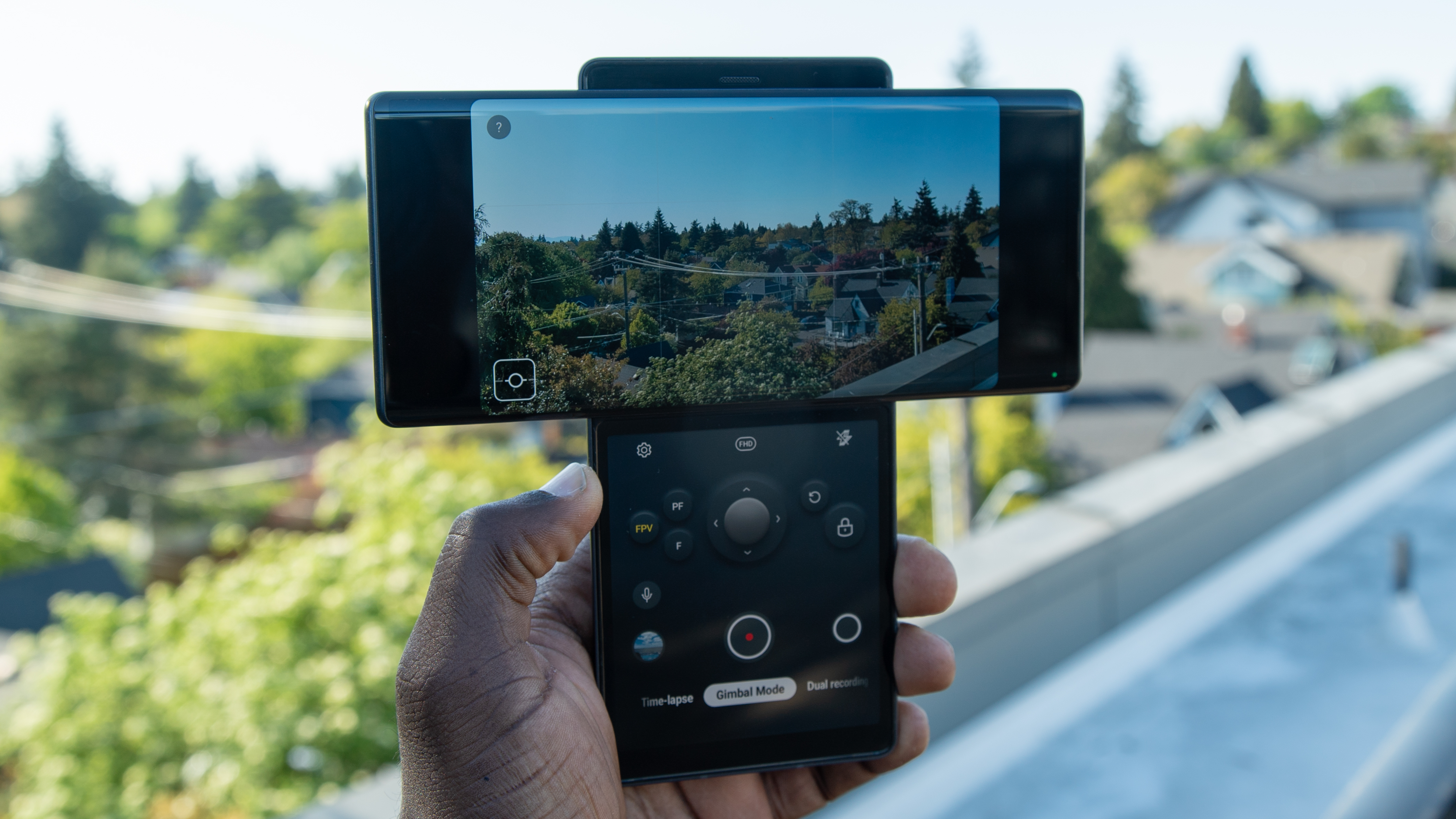
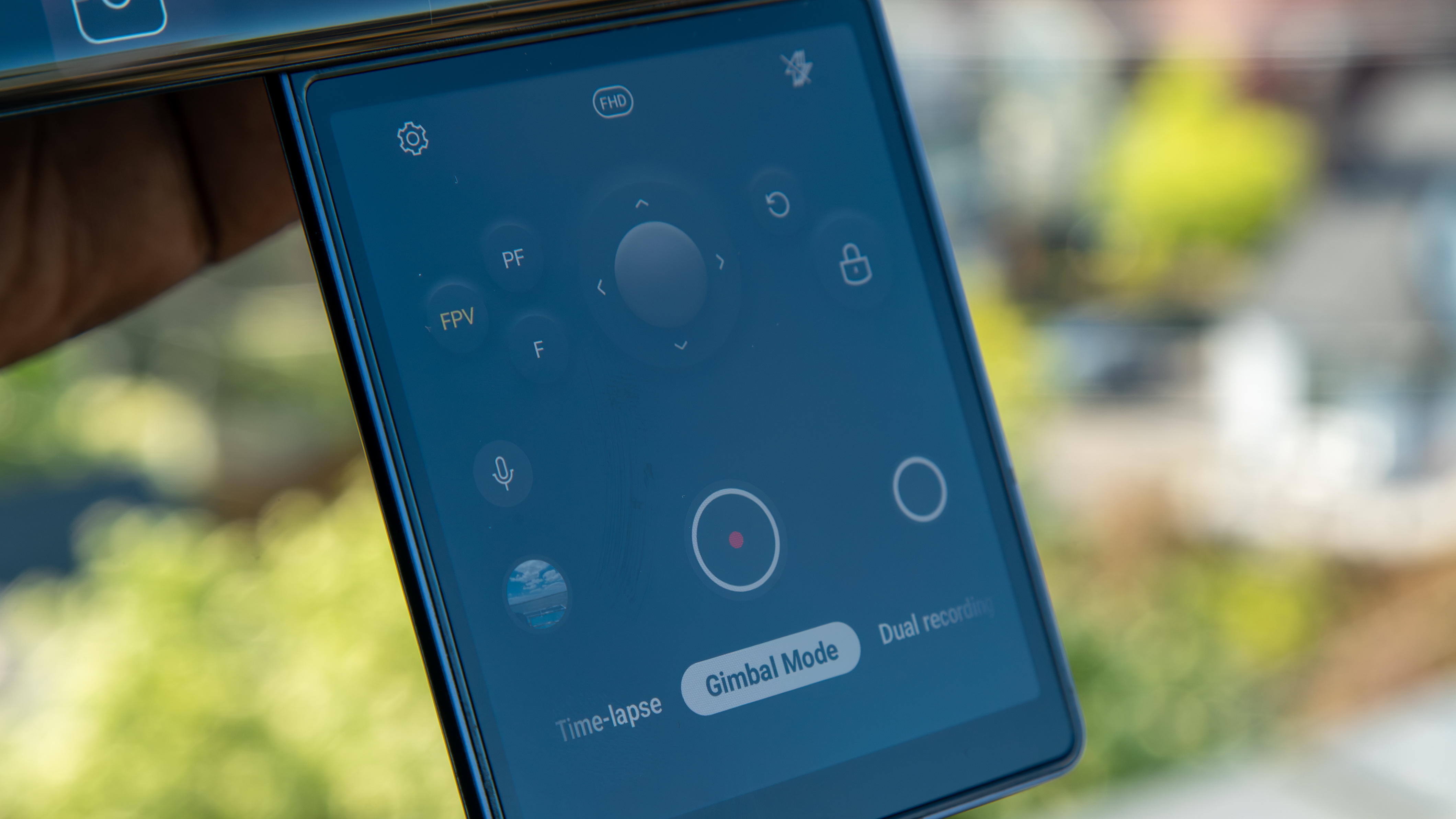
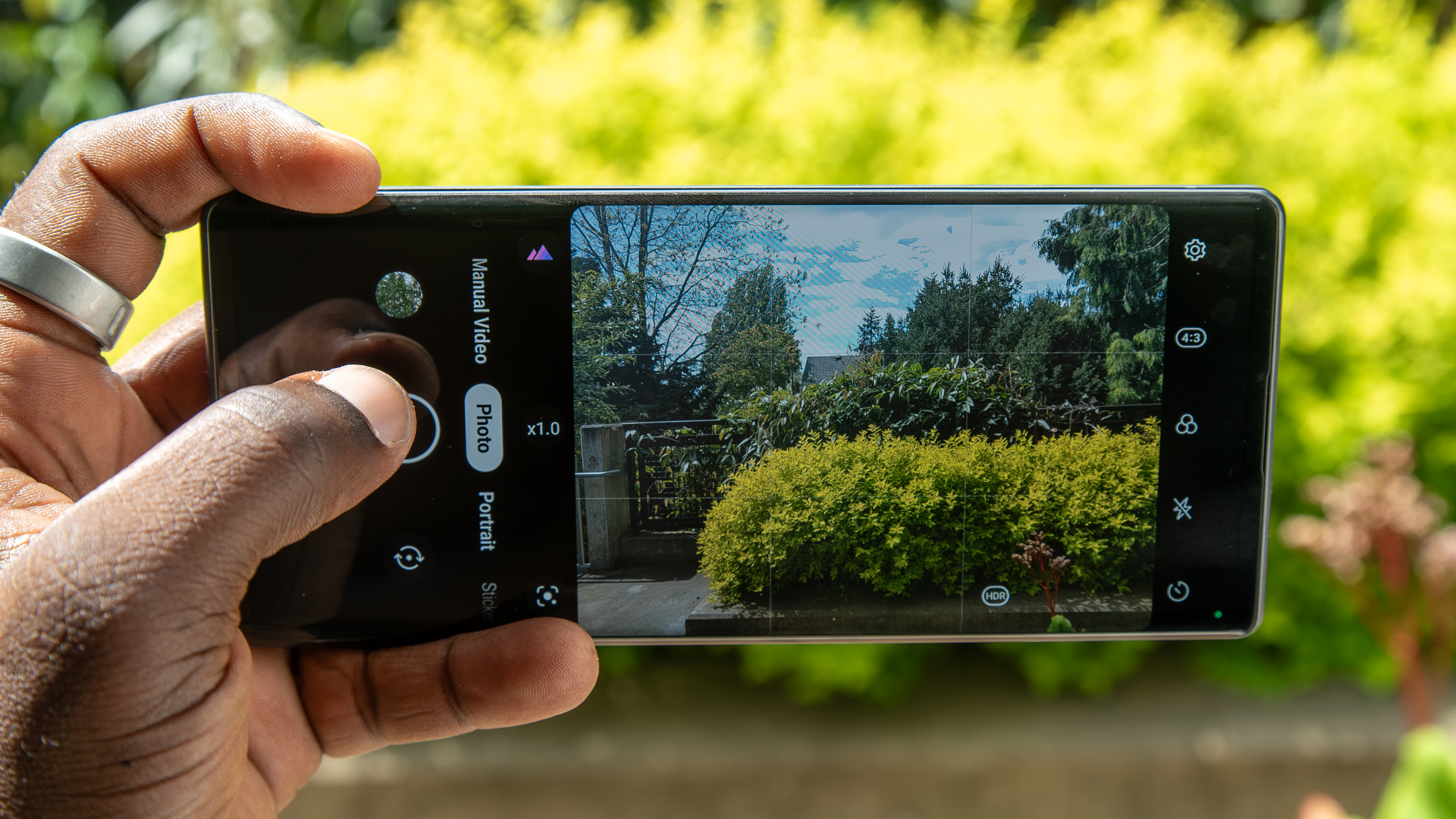
I will say that I was thoroughly surprised at the photo quality from the main wide and ultrawide sensors. I was always a fan of LG's video capabilities, but photo quality always left a lot to be desired on previous LG phones I've used, so it was good to see LG improve on this front with the Wing.
In the LG Wing review, it was noted how the primary camera "goes toe-to-toe with some of the best Android cameras out there, with impressive dynamic range and color clarity, plus minimal noise even in darker conditions." I wouldn't say that LG could compete with the best Android cameras of 2025, but it certainly wasn't bad for 2020.
Unfortunately, camera improvements and a novel smartphone form factor were not enough to save the Wing or LG.
Too many compromises
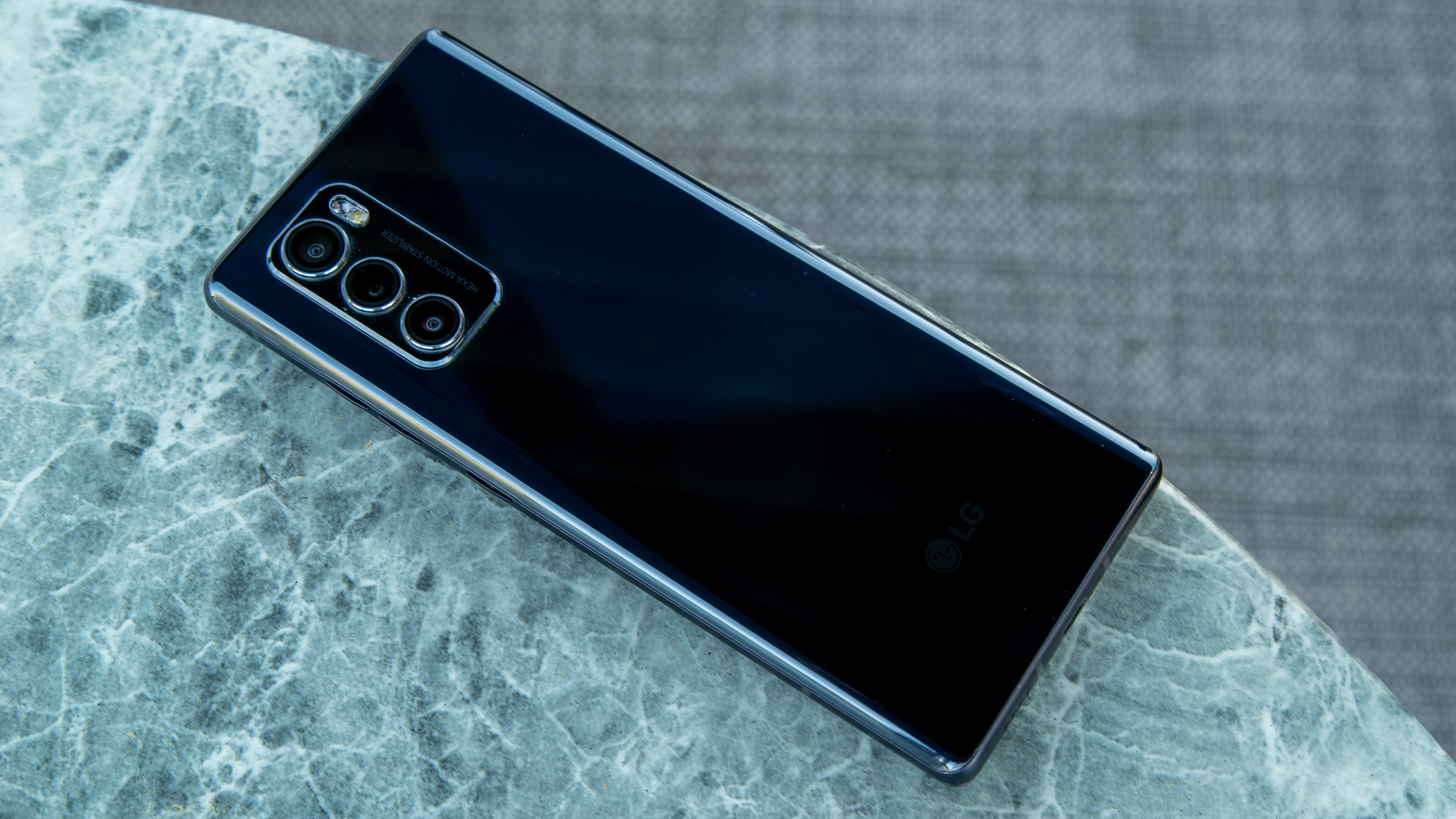
Ultimately, the LG Wing was a flop. I can't say whether it was a result of the COVID-19 pandemic that saw consumers making fewer non-essential spending choices or just the overall reception of the LG Wing and its admittedly cool but strange design. Either way, the phone did not resonate with consumers.
For one, the phone was expensive at launch for what you got. It cost $999 but featured a squarely mid-range Snapdragon chipset usually reserved for cheaper smartphones. By comparison, the more conventional LG V60 cost less, featured a more powerful flagship Snapdragon chipset, and had a larger battery, making it feel like a better deal.
But more than that, it felt like LG was trying to do the absolute most with the absolute least, and the payoff just wasn't there.
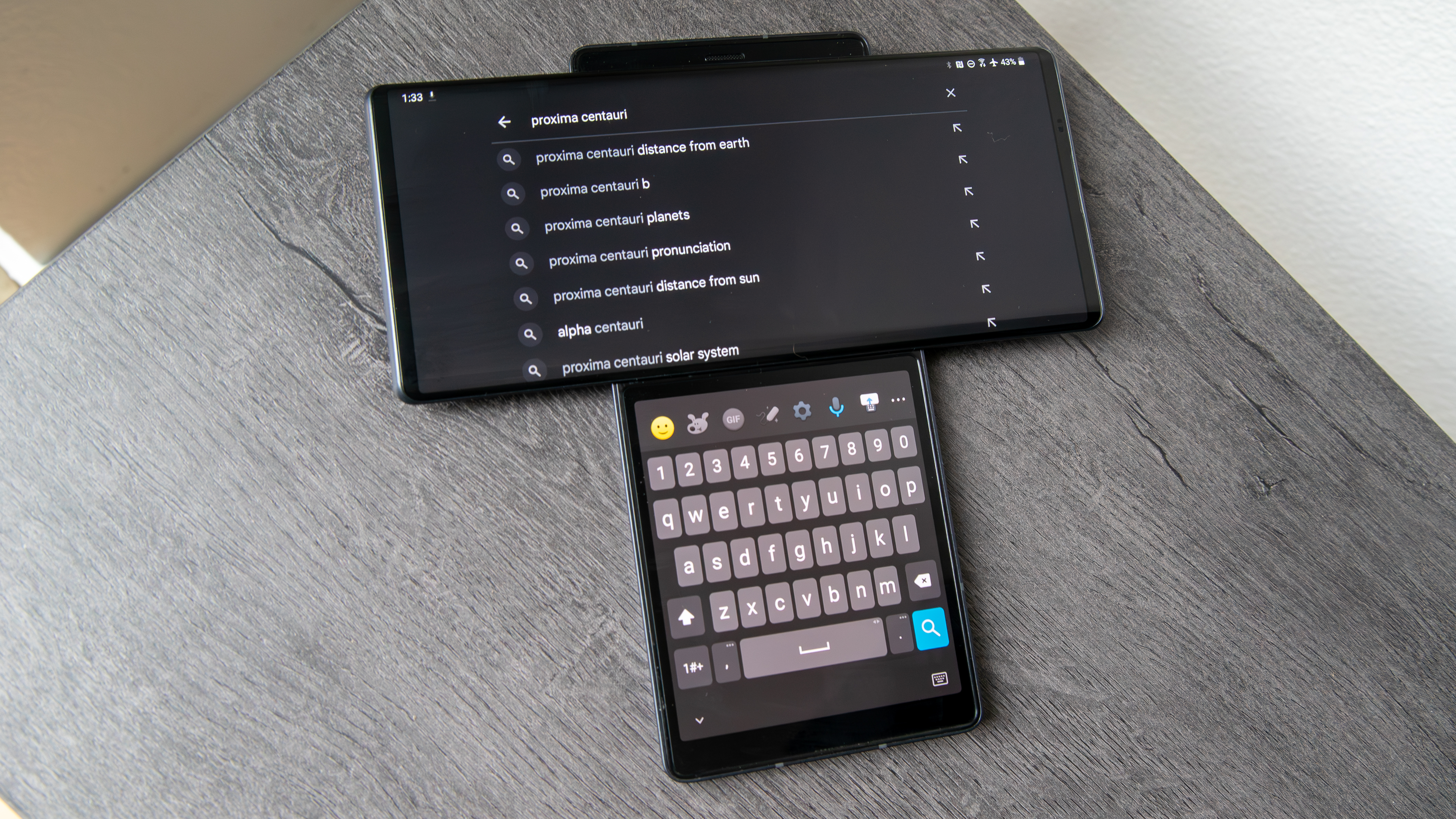
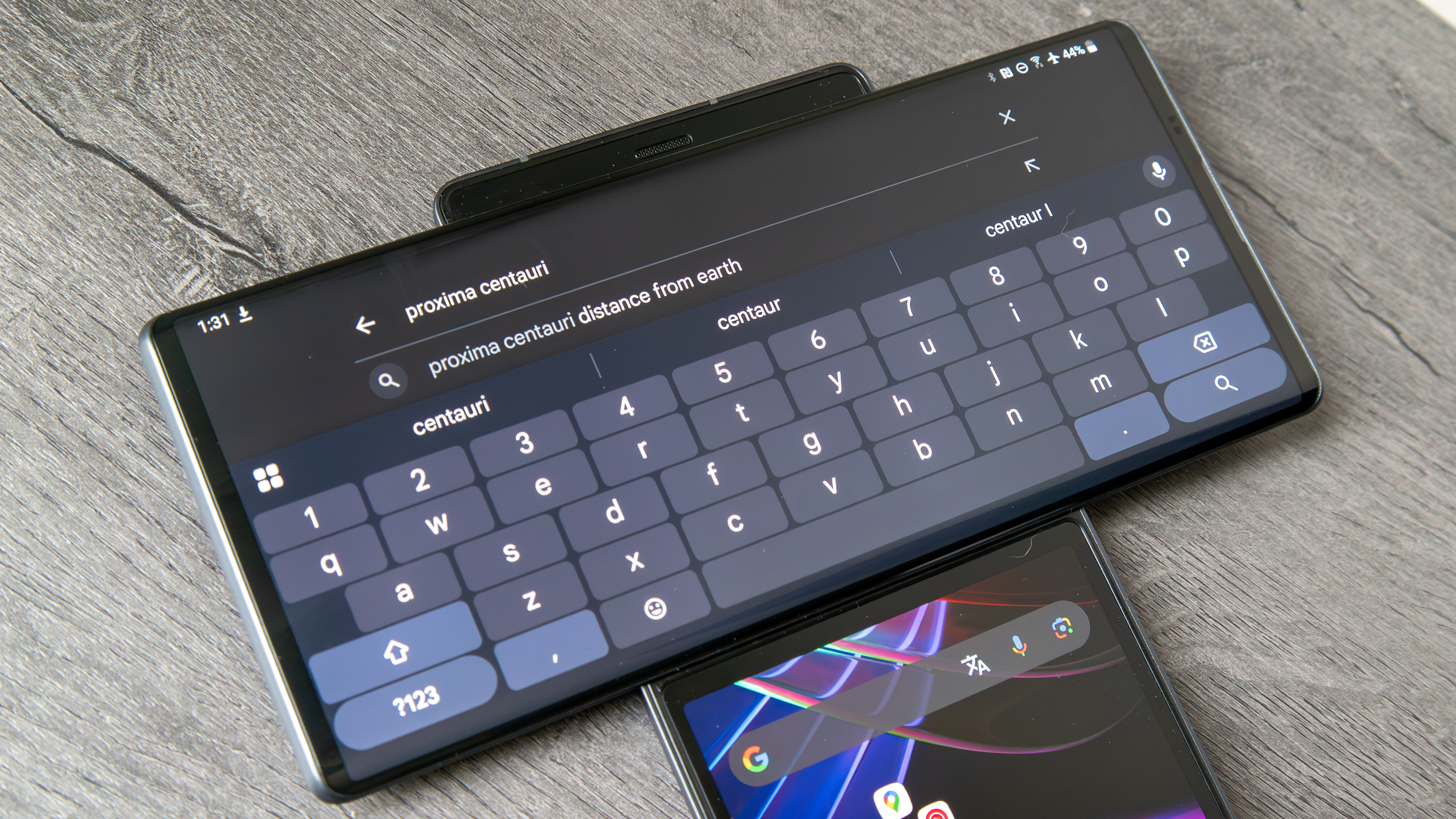
LG wasn't known for having the best software, and while I never particularly minded it, many considered the UI to be behind Samsung's One UI and others. That said, it feels like LG is stretching itself thin trying to get the Wing to work properly.
Switching from regular to Swivel mode and back feels janky, adding apps to the Second Screen is more cumbersome than it needs to be, and Gboard can't be used properly in Swivel mode; only LG keyboard will work on the Second Screen, which kinda misses the point if I have to use Gboard on the primary display while in swivel mode.
Samsung has a similar limitation on the Galaxy Z Flip 6 cover screen, where I can only use Samsung Keyboard, and it's a key annoyance for me.
Software and support were some of the biggest issues with the Wing.
That highlights a key problem with Swivel Mode on the LG Wing: as cool as it was, it also felt woefully underutilized. LG just didn't garner the kind of app support that was needed to fully take advantage of it. At launch, it leaned heavily on YouTube, the Whale browser, and an optimized version of Asphalt 9 to show off how apps could utilize the second screen, but the selection remained lacking throughout its lifecycle.
This left multitasking as the main function for the second screen, which wasn't enough of a draw for this phone.
LG was also known for not having the best update cadence or policy, which also didn't help the Wing's case. Funnily enough, I feel like it improved after LG announced its departure from the smartphone market, as the Wing has since received three OS upgrades up to Android 13.
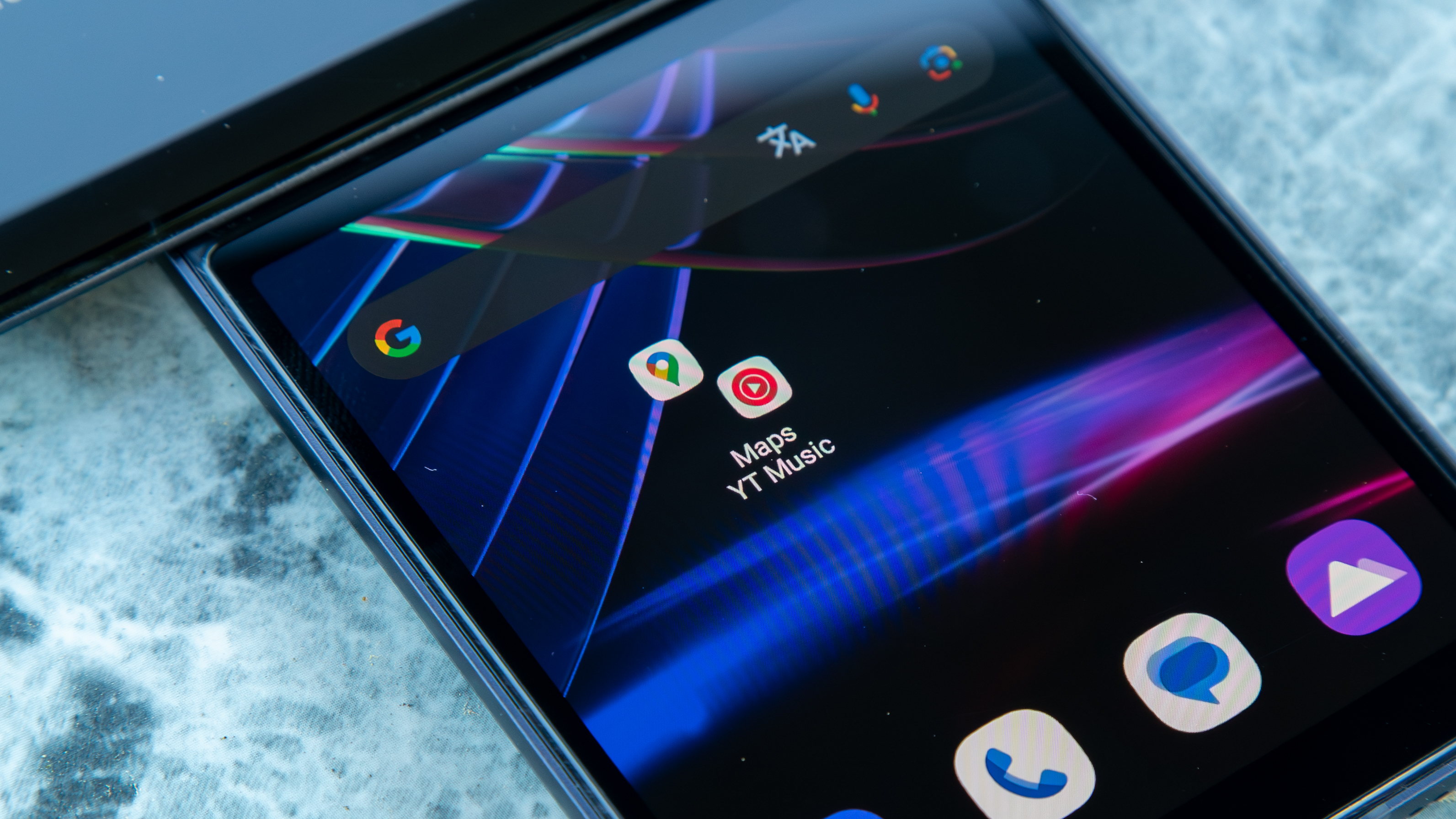
Then there's the gimbal camera, which was cool in theory, but was always the phone's weakest point for me. I wanted to really like it, but the video quality was never particularly good, to the point where I would just stick to the main wide and ultrawide sensors. It didn't help that video was capped at FHD in Gimbal Mode, and the result was a surprisingly noisy and just not good.
The Wing had an opportunity to take my video, my favorite thing about LG phones, and really do something cool, but in the end, it just fell flat.
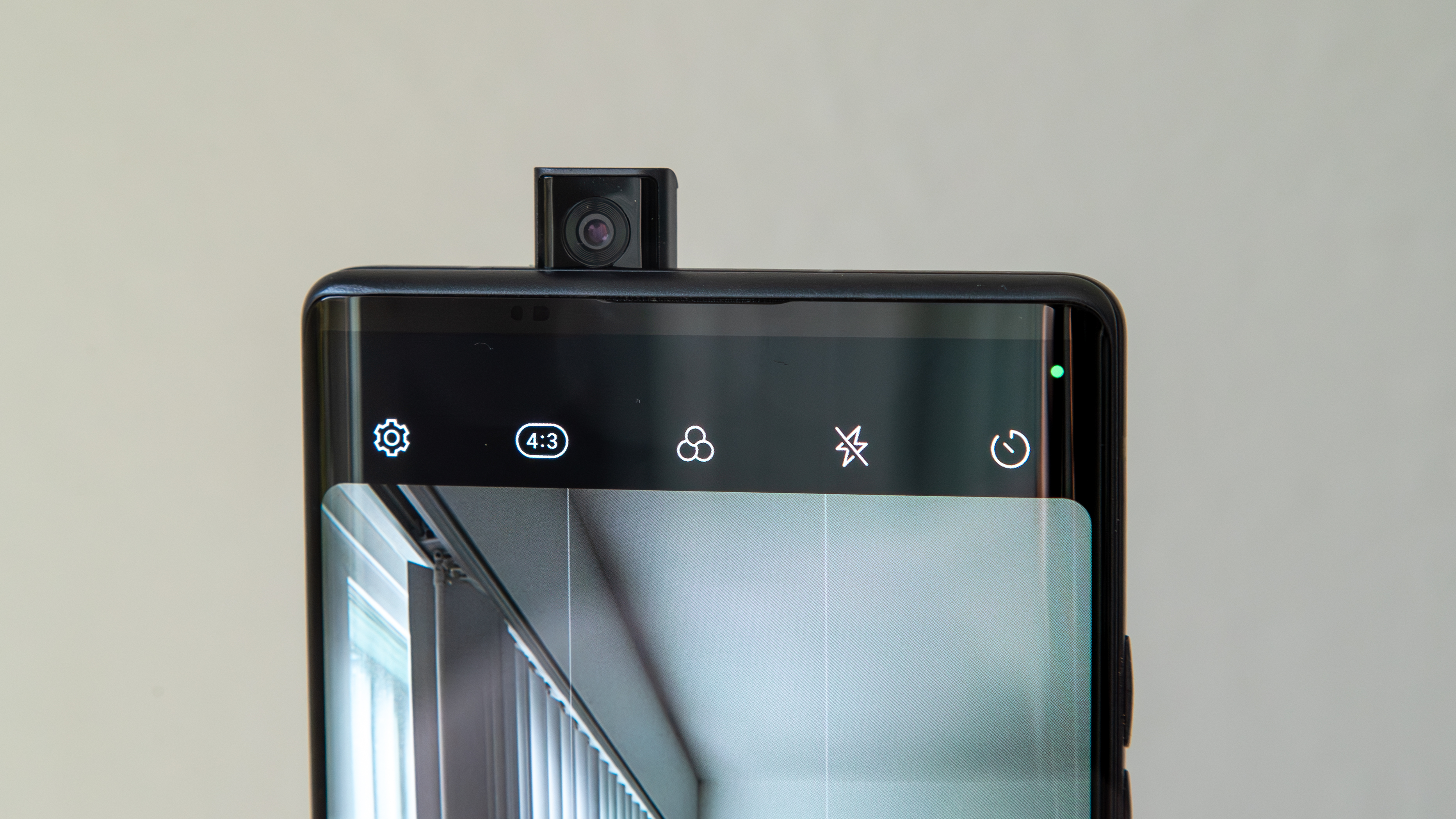
Holding the phone years later, I also can't help but notice how the Wing also just feels surprisingly un-LG in a weird way. The unique form factor was a very LG thing to do, but the compromises felt a bit uncharacteristic, such as the lack of stereo speakers and a 3.5mm headphone jack. Even the design choices, with a curved display, fingerprint magnet on the back panel, and noisy pop-up selfie camera, make the phone feel like it was built by a different company.
The phone is also heavy (at 260g, it's heavier than even the Galaxy Z Fold 6), only features an IP54 water and dust resistance rating, and the fingerprint sensor is very slow.
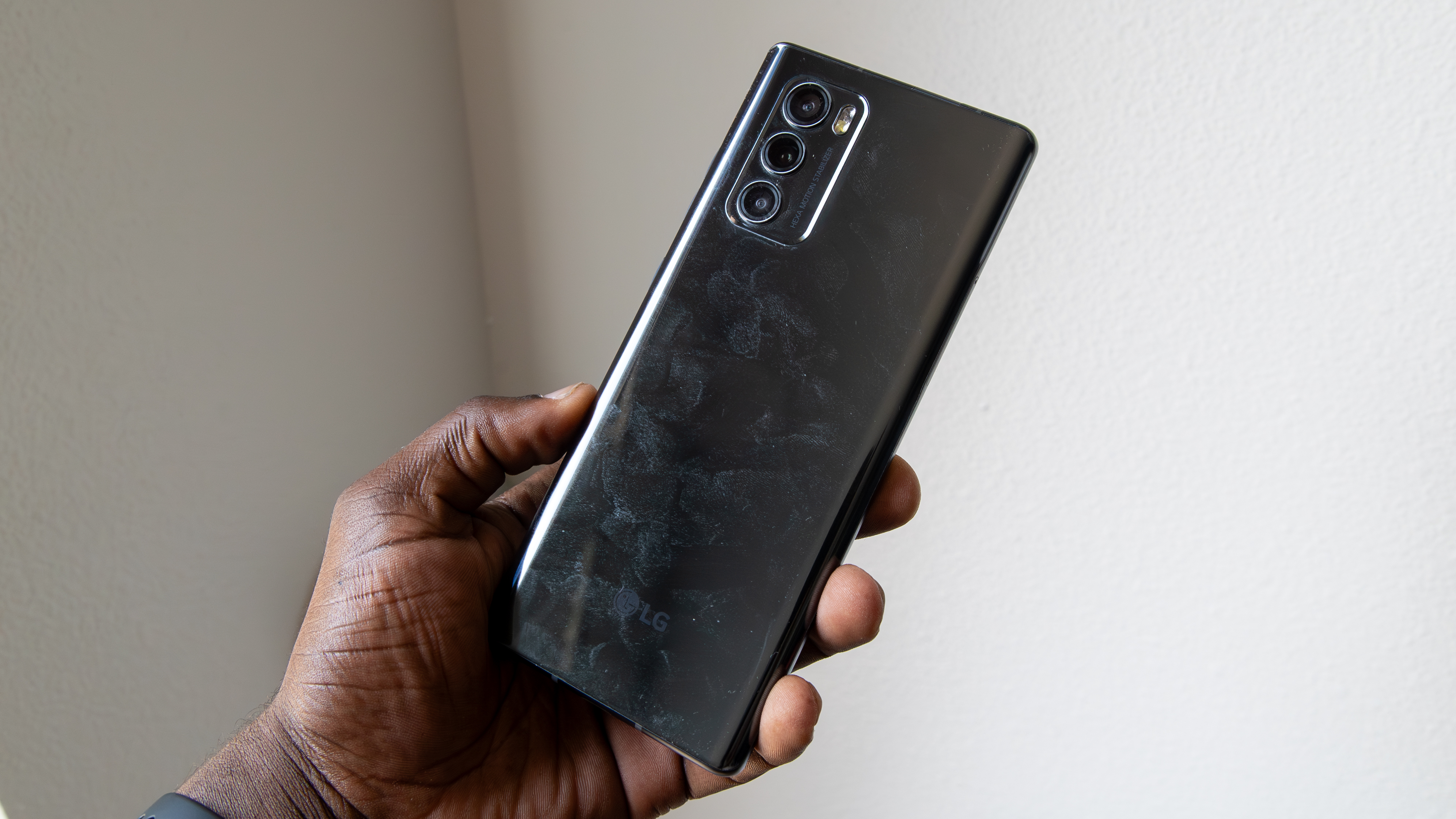
LG was great at standing out with its experimental phones, and the Wing was clearly never meant to be a huge hit, but LG made some odd choices that I feel ensured it wouldn't do well.
That said, I can't help but feel like some of what we got with the LG Wing helped prepare me for foldables, particularly flip phones.
Prepping me for foldables
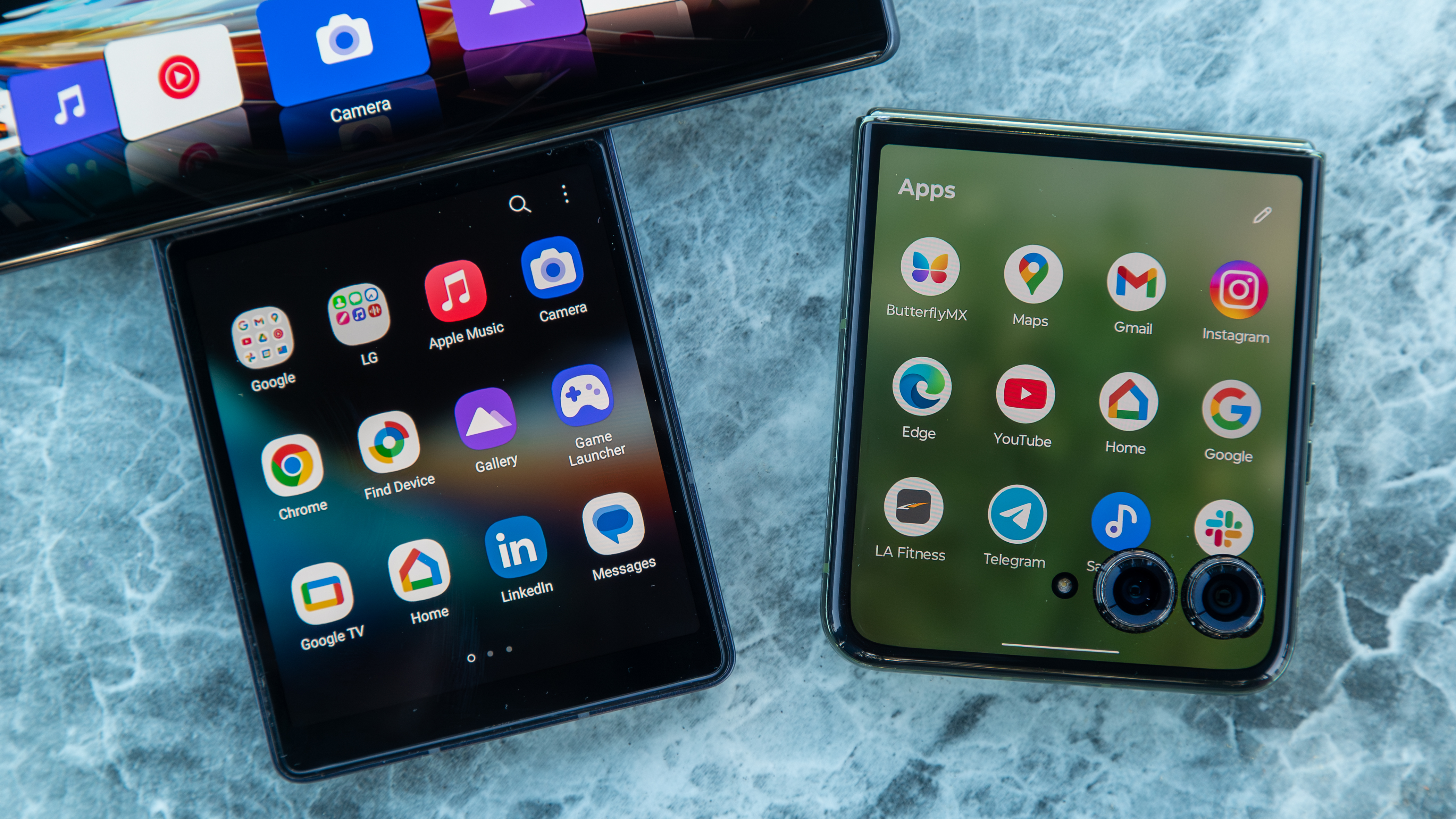
Foldables weren't my thing back in 2020, but with the resurgence of the Motorola Razr, I've gone all-in on flip phones. It's a familiar design that spans generations, and now with modern smartphone technology, it can live on in a much-smarter and user-friendly way. Where LG tried to differentiate itself with the Wing, modern flip phones relied heavily on the past to gain popularity.
Still, I think the Wing was onto something with its smaller second screen. This wasn't meant to be a primary way of interacting with the phone, but an optional way for users to get a little extra out of their devices.
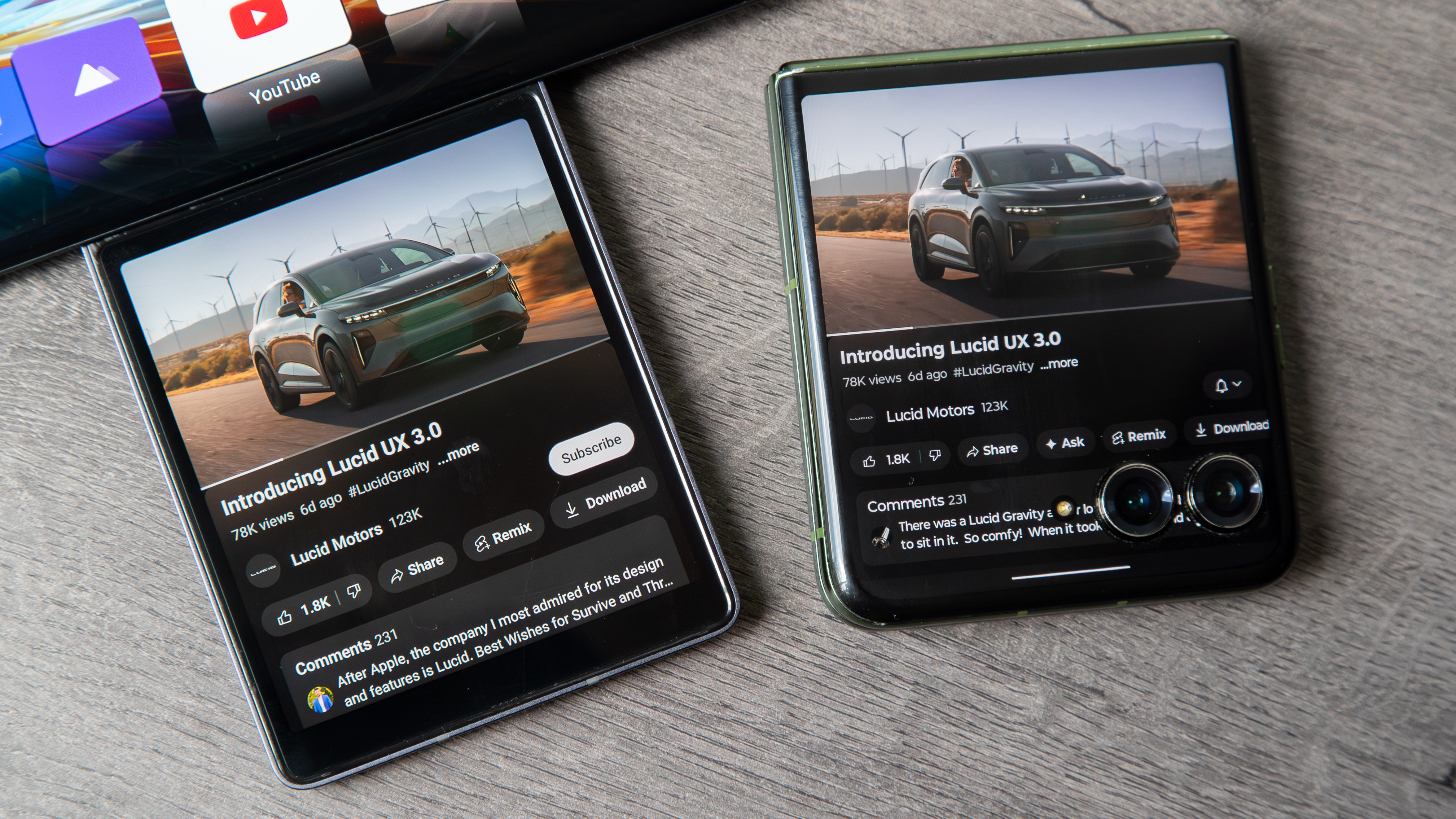
Modern flagship flip phones take a similar approach, yet they make the smaller cover screen a first option as a way to quickly get through notifications, messages, and more. Then, if and when necessary, you can open the device to reveal a regular-sized smartphone.
With this in mind, I can't help but think LG would have done better to opt for a flip phone form factor than to try and reinvent the wheel with a Swivel phone. It may have taken a generation or two to really take off, but given the growing popularity of the Razr and Galaxy Z Flip lineups, maybe we would still have LG around to keep us on our toes with other unique devices like the unreleased Rollable phone.

Derrek is the managing editor of Android Central, helping to guide the site's editorial content and direction to reach and resonate with readers, old and new, who are just as passionate about tech as we are. He's been obsessed with mobile technology since he was 12, when he discovered the Nokia N90, and his love of flip phones and new form factors continues to this day. As a fitness enthusiast, he has always been curious about the intersection of tech and fitness. When he's not working, he's probably working out.
You must confirm your public display name before commenting
Please logout and then login again, you will then be prompted to enter your display name.
